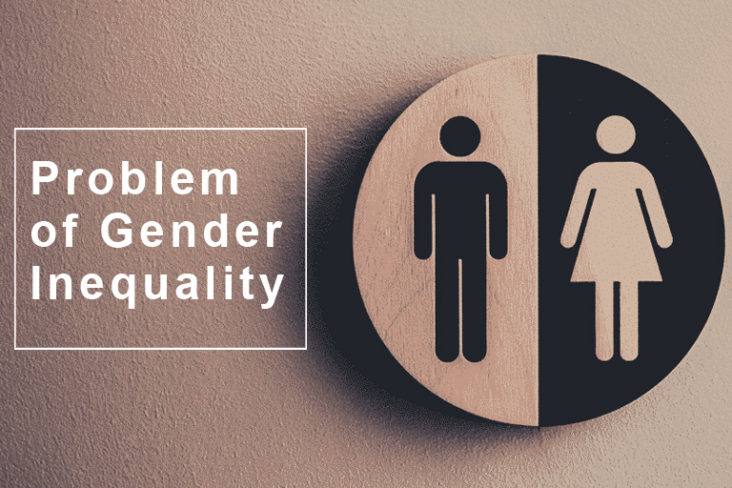Gender Inequality: Introduction
Indian culture gives immense respect and honor to women. Also, in Vedas and the Upanishads, women are held in exceptionally high regard and considered to be mothers and deities. But there is term prevalent in India known as Gender inequality. It is the social condition in which men and women are not treated equally. The promotion of gender equality and empowering of women is one of the eight Millennium Development Goals (MDG) to which India is also a member signatory. India ranks 135 among a total of 146 countries in the Global Gender Gap Index 2022.Census 2011 shows the child sex ratio among children of 0-6 years to be 918 girls for every 1000 boys in India (Source-Google Search). This statistic expresses all itself and demands viable and effective solutions to report the cause of gender inequality.
This discrimination starts from even before the girl child is born. She is prevented from being born in many cases. In most of the rural areas the society sees a girl child as a burden. She is even deprived of the basic rights and prospects to lead a childhood and adult life. In spite of having a constitution that ensures equal rights for men and women and decades of legislation, this deep-rooted gender discrimination in India takes a bad toll on women’s lives.
Causes of Gender Inequality
- Preference to boy child: Gender inequality starts often before birth of girl child. Most of the families expect women to give birth to only boy as her first child in India. Boys are always preferred over girls. The horrible cases of female feticide and infanticide show how brutally the society behave towards women.
- Social Customs, Beliefs and Practices: The mindset of our society, customs and cultural practices play a significant role in placing women at lower levels in the society; refusing them opportunities, which are easily available to men, who are considered the dominant ones in India. How society defines the differences and value of men vs. women plays a starring role in every area, whether it’s employment or the legal system or healthcare.
- Uneven access to education: Women still have less access to education than men. Almost 25%of young women between the age group of 15-24 years will not finish primary school. This category consists of almost 58% of the people not completing basic education. Out of all the illiterate people in the world, almost 66.66% are women. When girls are not educated, it has a massive effect on their future.
- Assumed Role of Women: The primary responsibility of taking care of the family and child upbringing is still on the women and this belief is deep rooted in the indian society so due to family pressures and responsibilities many women have to give up on their career.
Effects of Gender Inequality
- Discrimination at Work: Women are treated differently based on their marital status. Companies are interested in hiring more young women because it is generally believed that the family environment after marriage, and maternity forces a married woman to resign.
- Women and Health: Women are often provided almost no choice over their bodies. Although, sex-selective abortion is a crime in India, cases have been reported where women are forced to abort if it’s a female fetus.
- Domestic Violence: One of the major effects of Gender Inequality is Domestic Violence. Being in a Male dominating society, everyone expects a woman to be weak and inferior, that ultimately leads to violence.
- Child brides and improper family planning: Child marriage is a crime and it somehow leads to gender inequality. Girls are made to marry much earlier than 18 to start a family. This happens in the families having orthodox mindset who think that education is only for boys and girls are supposed to be housewives. As a result of early marriages, women become pregnant at an early age, when they do not even know how to take care of their baby or themselves.
- Political Affiliation and Employment Opportunities: There is also fewer political participation of women than men. Women in politics are supposed to bring issues such as violence against women, childcare, and maternal health into consideration. Without proper participation, these issues will remain unaddressed.
Hope For The Future
Gender inequality is an aim included in the UN sustainable development goals, under the number 5. It is generally believed that the ‘Right to gender equally’ is only for the girls and women, but in reality, it is not to any gender. Women Empowerment does not mean ‘no consideration’ for men. The primary step towards attaining gender equality will start from our home, where we treat our sons and daughters equally. Improving women’s economic condition through financial independence should be the next step. After this, women in our society will be able to realize their rights and will work on making themselves financially strong. They should be made aware of their sexual and reproductive health and rights.


